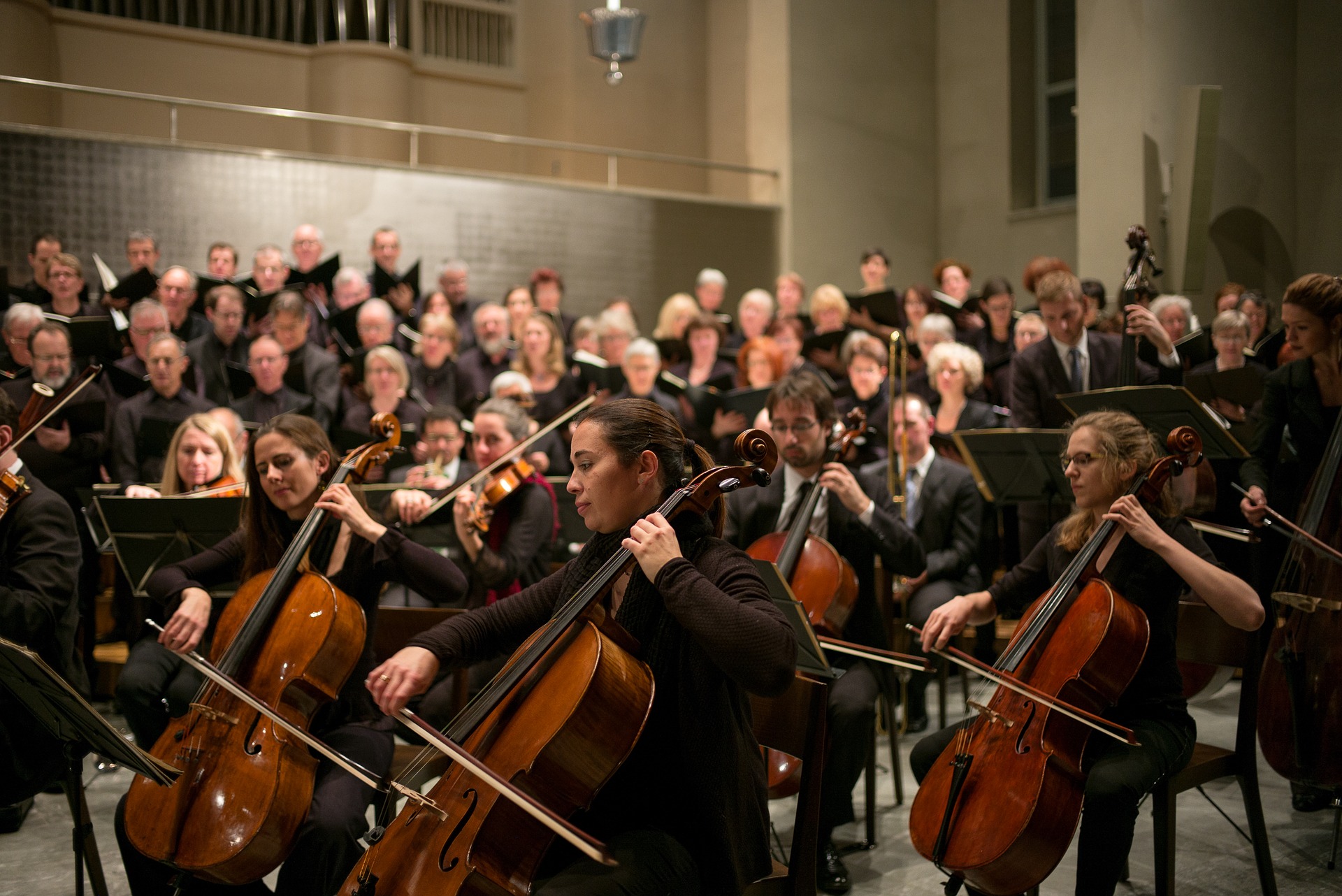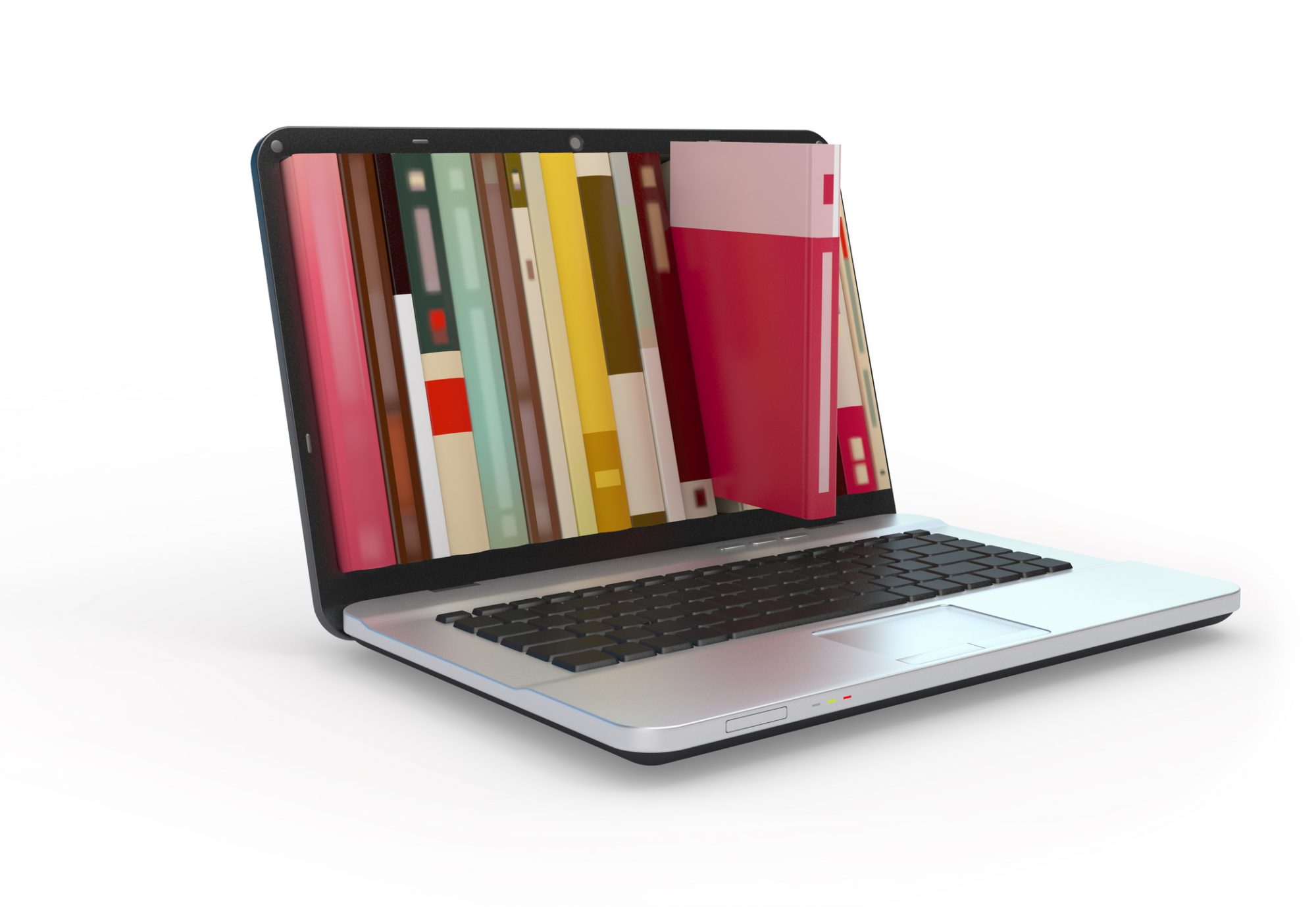During this pandemic, we are home-bound. That means that we should not be going outside unless it is necessary, like buying groceries (please don’t hoard) or going to the doctor (make sure you call the doctor before hand to prevent further infections in the clinic!).
It also means that we cannot meet our friends and family for an outdoor picnic (yes, we all know how beautiful and warm spring and summer can be!), go to the restaurant, the movies, or see an exposition. In fact, most of these fun places are now closed to the public due to strict government measures that are in place in many countries.
Many of us also can’t go to work, school, or university. Our chances for socialisation and physical connection with others have been put on hold.
Yet, we, as humans, need that connectedness to others. Because well, we are social beings. We are innately wired to be social. And now due to the physical isolation (not social isolation mind you!) the risk for many of us to develop loneliness symptoms ranges from high to very high. But we need to stay connected! And how do we do it?
Almost everyone is online
It seems the world has gone online, at least anyone who has a smart phone or laptop (or computer). We can find a wide offer of content in education, entertainment, physical activity. Oh, and did we mention that a lot of it is free too?!
Universities such as UNAM in Mexico are offering online courses. Different cultural institutions such as The Louvre, The Berlin Philharmonic and New York’s Met Opera are putting their content online. Artists are even live streaming their anticipated concerts from their own homes! How cool, right? And let’s not forget Yoga studios and gyms—they, too, are giving their sessions live! See full list of resources here.

On a more intimate level, people are going online to stay digitally connected with one another. People are not only sending texts messages that can be perceived as depersonalized messages, they are also making phone and video calls, and often routine calls to friends, family, coworkers, to name a few. These regular phone calls are offering solace in many ways, both personally and collectively.
Collectively as social beings, we need and want to see our loved ones’ faces, their expressions, feel that we are close to them despite the physical distance. Part of feeling connected is creating that shared space where we are attuned to each other’s expressions and affects. This is consequently renewing our energy and helping us to fight rising symptoms of loneliness.
Many people are using social media in various ways too. Not to mention that there are many new media platforms popping up left, right, and center nowadays! And good luck trying to keep up with all of them too ! (Hahaha) The much sought out platforms are Facebook, FaceTime, Google Hangouts, WhatsApp, GroupMe, Instagram, Snapchat, Zoom and Houseparty.
In some of these apps, people are forming groups and throwing virtual parties, having virtual happy hours, online dinner parties. Even book clubs are operating online. Who would have thought that being online could be this fun now?
Technology as a force for global solidarity
We most definitely see a rise in global solidarity using technology. Support groups have sprouted online on platforms such as Facebook to accompany and support those in need during this pandemic. This is having a real and timely effect in the community, allowing those in need such as seniors, people with disabilities and people with prior immune system health conditions to receive help in an organized and safe way.
Apps like BorrowMyDoggy is putting people in touch with other people who have dogs but cannot go outside due to some pandemic restrictions. Those who are willing or want to walk a dog can now ! How clever and amazing!
For kids there is also a lot of global solidarity. Many will acquiesce that one of the greatest things to come from us being at home more often now is that people are banding together to find ways to keep parents and kids entertained. One initiative out there is celebrities taking to various platforms such as YouTube to read aloud to kids and posting fun stories on Facebook and Instagram.

On YouTube, there is a channel called ‘StorylineOnline’ where a plethora of celebrities such as Chrissy Metz, Wanda Sykes and Oprah Winfrey read stories to children. Every video also has moving illustrations of the book being read to keep children even more entertained. Have you seen Oprah Winfrey reading ‘The Hula-Hooping Queen’ written by Thelm Lynne Godin and illustrated by Vanessa Brantley-Newton? You can watch the video here.

For kids (and adults!) who may be extra bored, there is Chatter Pack, a free online space that is run by a volunteer that works for the NHS. On this website you can explore the world ranging from virtual tours of Roman forts and aquariums to more advanced topics such as learning about computer programming skills.
And let us not stop here, there is a lot more for adults too on this website! Adults can take free language classes, watch live band streams, read and download free books such as Shakespeare, Edgar Allen Poe, to name a few. The choices are endless and there is something for everyone. Here is the link for the website if you are curious to find out more.
So all in all, it would seem that suddenly having more free time on our hands is doing us more good as a human race than we would have ever imagined! By being aware of its dangers and mindfully using technology in a healthy way, we are consciously rewiring the way we stay connected, albeit digitally. We might find ourselves getting closer to our loved ones than we’ve been in a long time and helping out more in our own communities.
The use (and especially the overuse) of technology has it pitfalls, as you can read in this extended article, but if anything is clear in our global predicament it is this: by mindfully using technology in a healthy way, we are consciously rewiring the way we stay connected, albeit digitally. We might find ourselves getting closer to our loved ones than we’ve been in a long time and helping out more in our own communities.
Written by Amélie van den Brink (MA, Art Psychotherapist, CBHN Creative Director) &
Sara Dominguez (PhD, Early Years Psychology)
